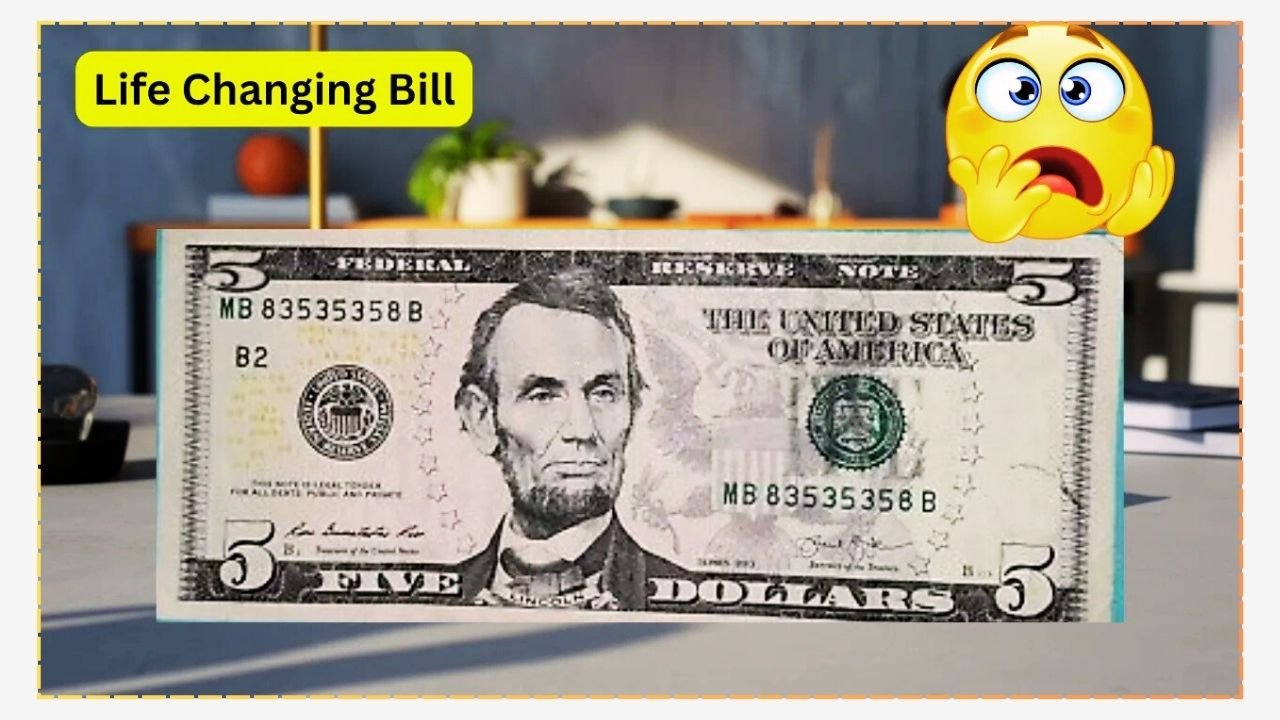Ever checked the serial number on your cash? That $5 bill in your wallet could be worth way more than you think—maybe even $70,000! Some rare $5 bills with a special kind of serial number called a “repeater” are catching the eye of collectors. A repeater serial number is when the digits repeat in a pattern, like 58585858. These unique bills are super rare, and collectors are willing to pay big bucks for them. Let’s break down what makes these bills special and how you can check if you’ve got a hidden treasure.
What’s a Repeater Serial Number?
A repeater serial number is a sequence of numbers that repeats itself. For example, a serial number like 58585858 has the digits “58” repeating four times. These patterns are rare because the U.S. Bureau of Engraving and Printing produces billions of bills, and only a tiny fraction have this kind of repeating sequence. Collectors love them because they’re hard to find, and the rarer the pattern, the more valuable the bill. A $5 bill with a repeater serial number like 58585858 could fetch up to $70,000 at auction, depending on its condition and demand.
Why Are These Bills So Valuable?
The value of a repeater serial number bill comes down to rarity and collector interest. Bills with repeating patterns stand out from the billions of standard bills printed each year. According to currency experts, only a small number of repeater serial numbers make it into circulation, and even fewer are in crisp, uncirculated condition. Collectors also look for specific patterns or years of issue, which can drive up the price. For instance, a $5 bill from a certain year with a perfect repeater like 58585858 is a hot item in the collecting world, sometimes selling for tens of thousands.
How to Check Your $5 Bill
Checking your $5 bill is easy and takes just a minute. Here’s what to do:
- Look at the serial number, usually printed in green or black ink on the front of the bill.
- Check if the digits follow a repeating pattern, like 12121212 or 58585858.
- Make sure the bill is in good condition—creases, tears, or stains can lower its value.
- Compare the serial number to known repeater patterns listed by currency collectors online.
If you think you’ve got a repeater, you can contact a professional currency dealer or auction house to get it appraised. Websites like the Professional Coin Grading Service (PCGS) or Heritage Auctions can help you figure out its worth.
|
Feature |
Details |
|---|---|
|
Serial Number Example |
58585858, 12121212 |
|
Bill Denomination |
$5 (other denominations may also apply) |
|
Potential Value |
Up to $70,000 for rare repeaters |
|
Key Factor |
Repeating digit pattern, bill condition |
Where to Sell a Rare Bill
If you find a repeater serial number bill, don’t spend it! Instead, reach out to a reputable dealer or auction house that specializes in collectible currency. Places like Heritage Auctions, Stack’s Bowers, or even eBay (with caution) are good starting points. You’ll want to get the bill authenticated and graded by a service like PCGS or the Paper Money Guaranty (PMG). These services check the bill’s authenticity and condition, giving it a grade that affects its value. A bill in “uncirculated” condition (like it’s fresh from the mint) will fetch the highest price.
Keep an Eye Out for Other Rare Bills
Repeater serial numbers aren’t the only thing that can make a bill valuable. Collectors also hunt for bills with other unique patterns, like “ladder” numbers (12345678) or “solid” numbers (77777777). Even bills with errors, like misprints or mismatched serial numbers, can be worth a lot. So, next time you get some cash, take a quick look at the serial numbers. You might just have a $5 bill that’s worth enough to change your life—or at least pay for a fancy vacation!

